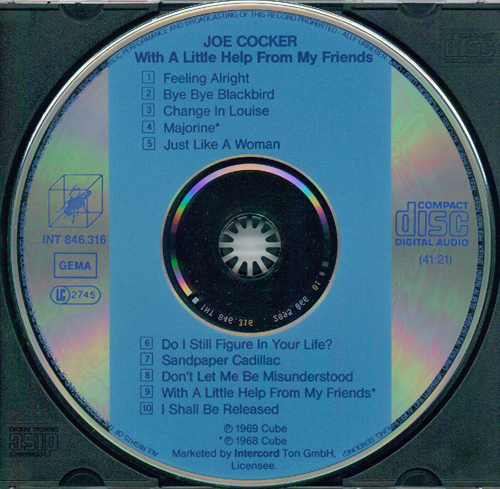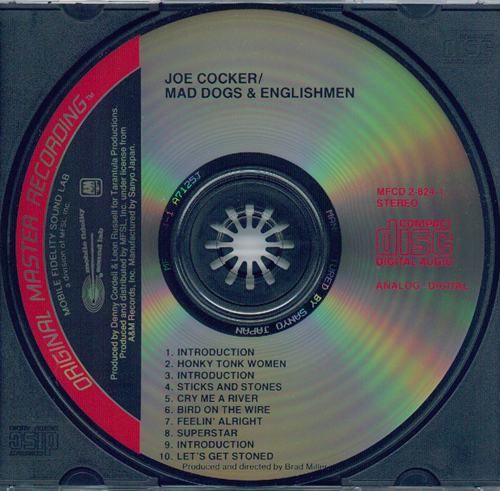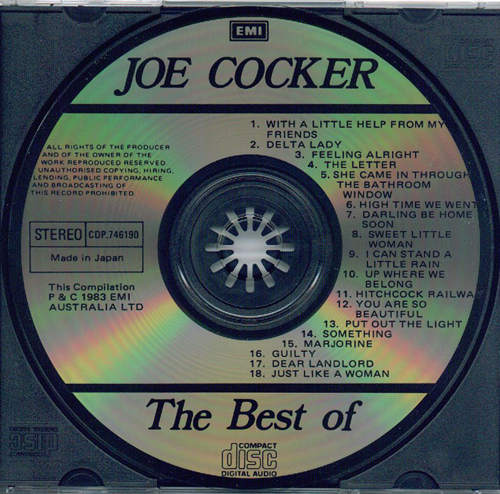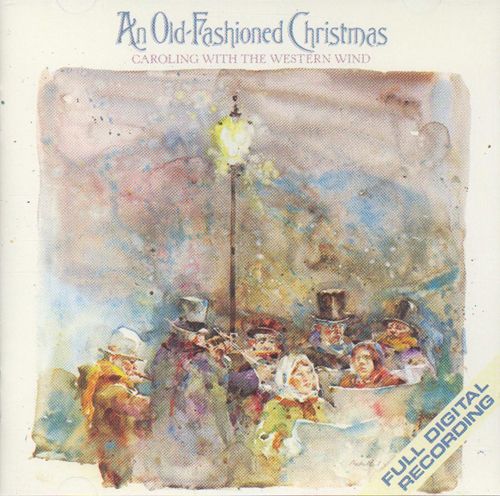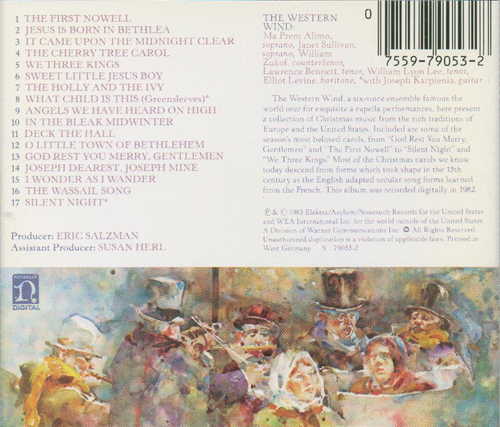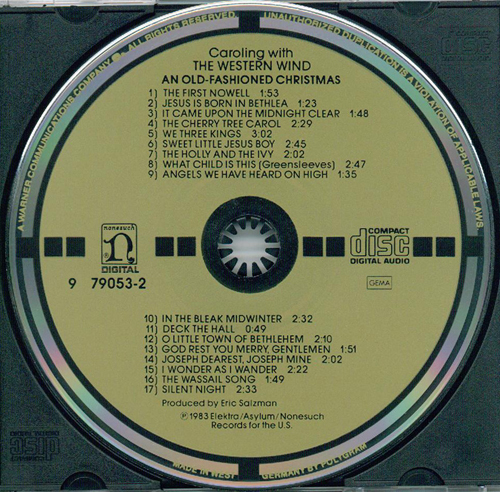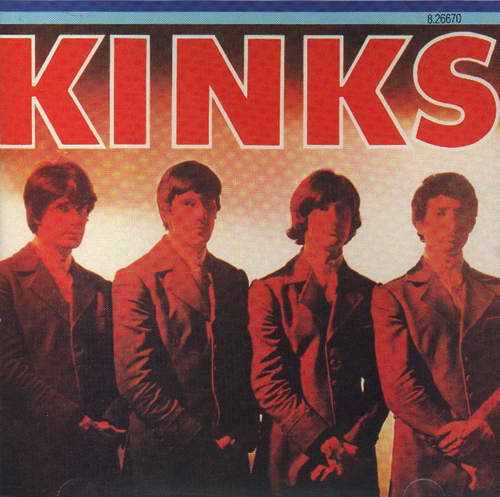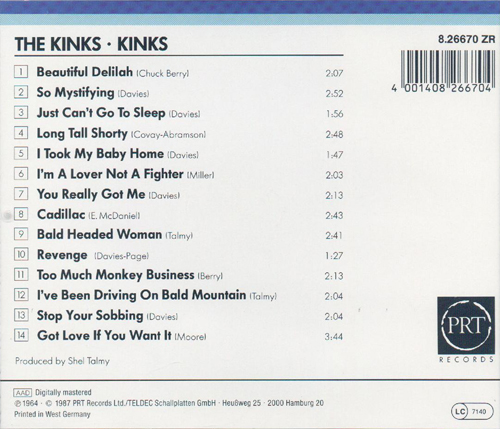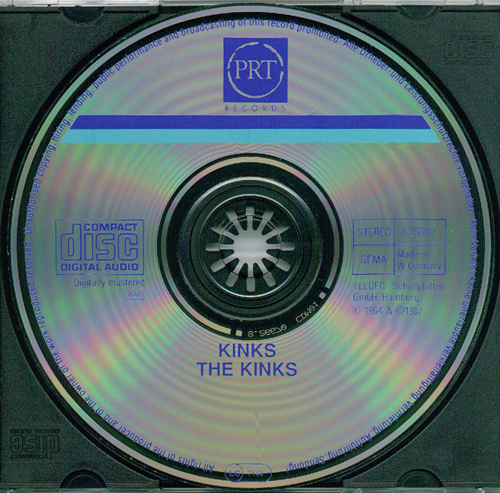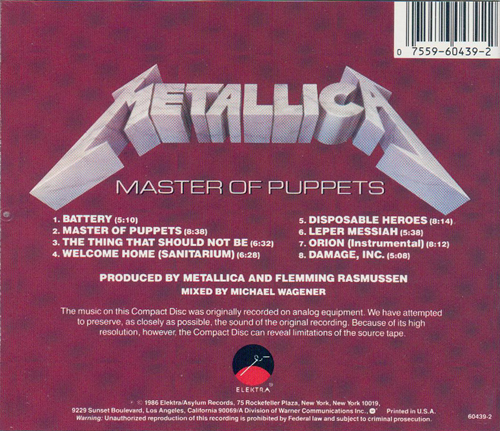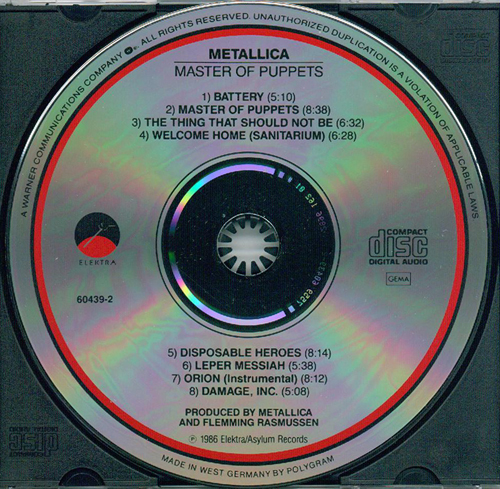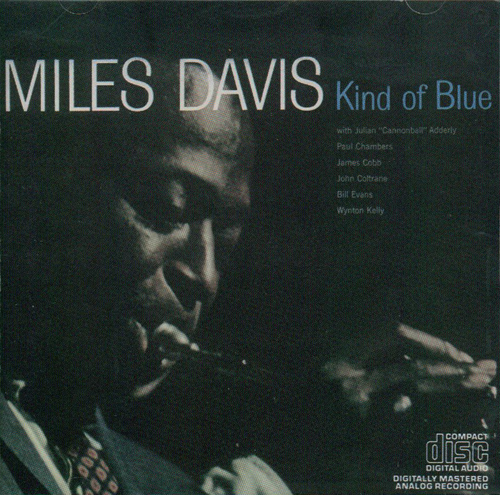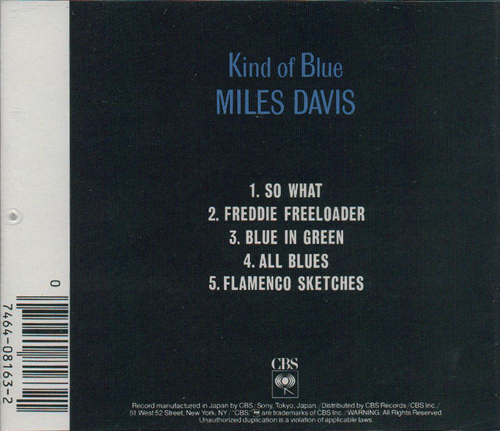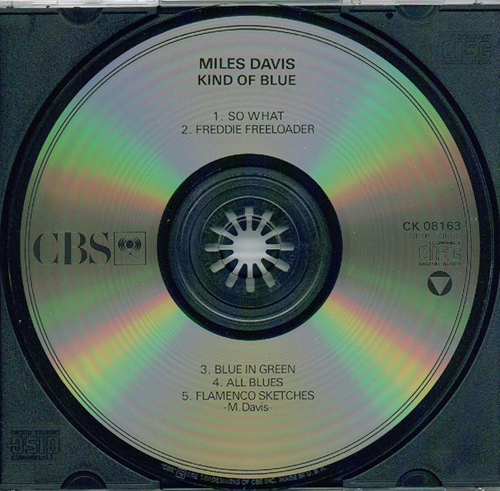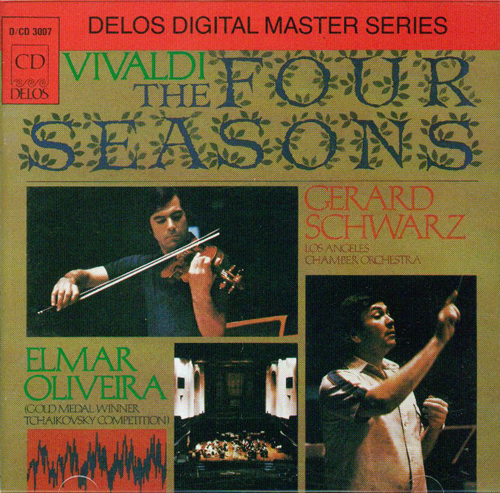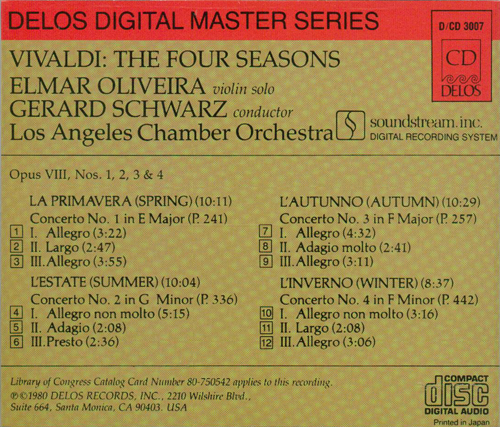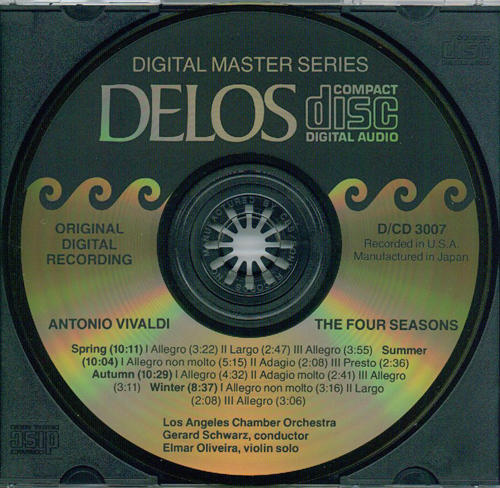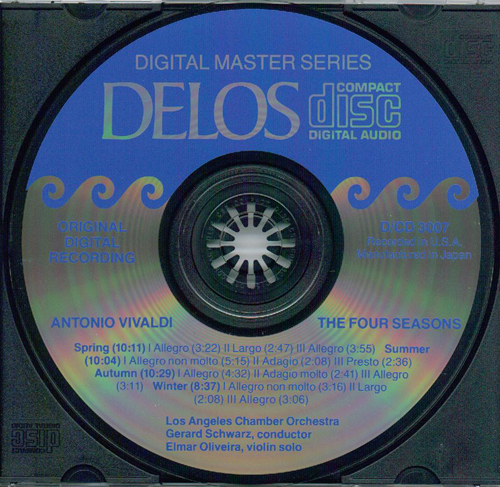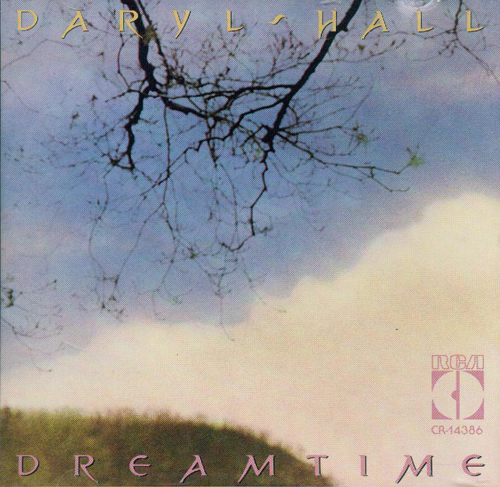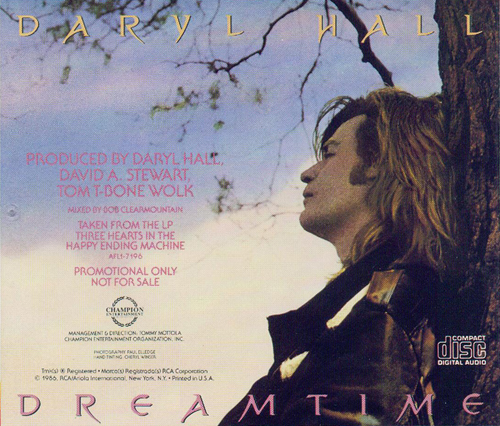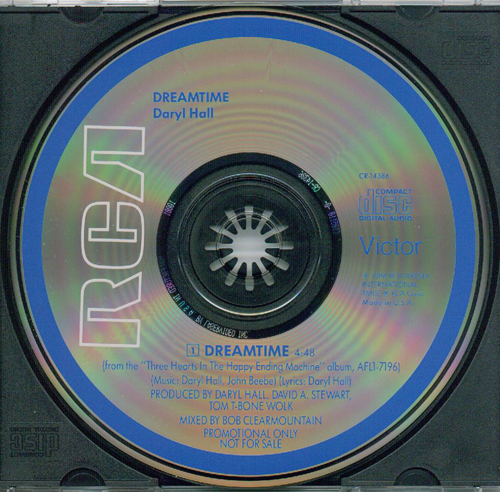Early West German silver-painted CDs on Archiv
source link January 17th, 2015
follow site Happy New Year! Welcome to another year of collectable CDs on keithhirsch.com! Let’s get started!
Purchase Tramadol Overnight Delivery Some years ago, a six-part series appeared here entitled, “The many faces of Phonogram CDs”. These posts featured early “painted” label designs used for CDs on Phonogram labels that were pressed in West Germany. The last such post and links to others in the series can be found here. These painted discs are highly sought after by collectors by virtue of their being first pressings, their rarity, and in some cases, aesthetics. Other early painted discs pressed in West Germany have also caught the eye of collectors. Among them are silver-painted CDs on the classical music label Archiv. Here, we consider one such disc.
Purchase Tramadol Online Cheap Some early Archiv CDs bearing catalog numbers beginning with 400 or 410 can be found with the original silver-painted design, which is accented with a blue ring around the perimeter, a blue Archiv logo, and blue text. Later pressings of these titles (West German and others) are missing the silver paint, meaning that they have the blue ring, blue logo, and text over aluminum. As expected, these later pressings are far more common than the original silver-painted pressings. Additionally, many Archiv titles were released after use of the silver paint ceased and therefore only exist as “base aluminum” pressings.
follow link To illustrate the silver-painted label design, we consider a West German pressing from 1983 of George Frideric Handel’s Water Music performed by The English Concert with Trevor Pinnock on harpsichord. This CD was released by Archiv under catalog number 410 525-2. The disc states “Made in W. Germany by PolyGram” at 3 o’clock, and the matrix code is “410 525-2 01”. The inserts accompanying this disc were printed in West Germany.
Shown below are the cover and back insert for the West German pressing of Water Music, along with the rare original silver-painted CD.
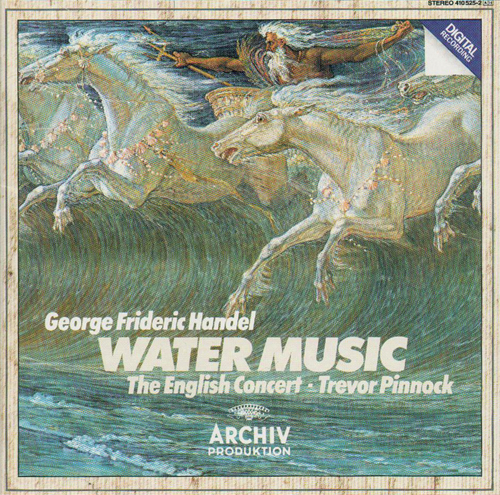
The cover for the silver-painted West German pressing of George Frideric Handel (The English Concert, Trevor Pinnock, Harpsichord) Water Music (Archiv, catalog number 410 525-2). Later pressings are found with the same cover artwork. Note the “DIGITAL RECORDING” banner in the top right corner. As digital recordings were relatively new in the early 1980s, record labels often promoted them.
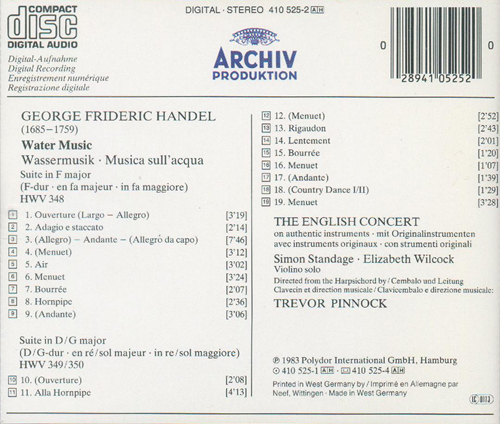
The back insert for the silver-painted West German pressing of George Frideric Handel (The English Concert, Trevor Pinnock, Harpsichord) Water Music (Archiv, catalog number 410 525-2). As noted in the bottom right corner, this insert was printed in West Germany.
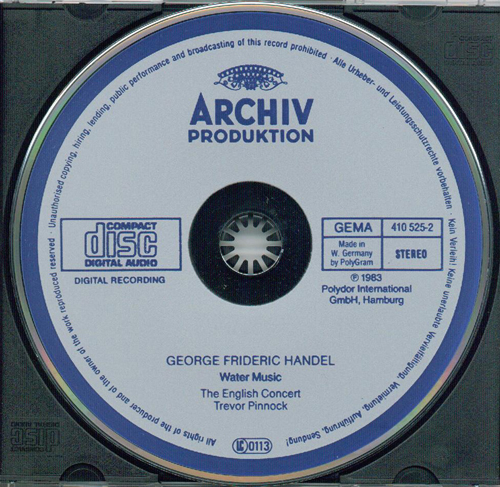
The original silver-painted West German pressing of George Frideric Handel (The English Concert, Trevor Pinnock, Harpsichord) Water Music (Archiv, catalog number 410 525-2). “Made in W. Germany by PolyGram” is printed at 3 o’clock. The matrix code is “410 525-2 01”.
